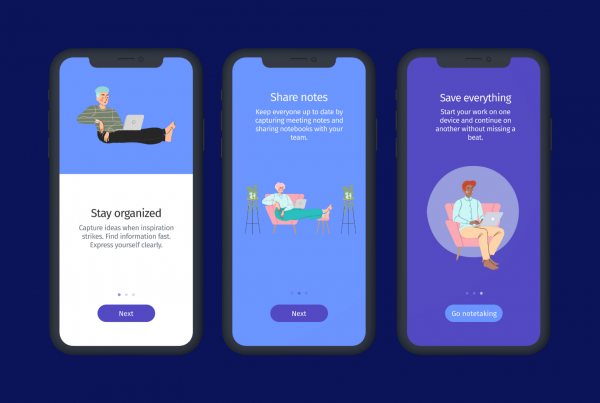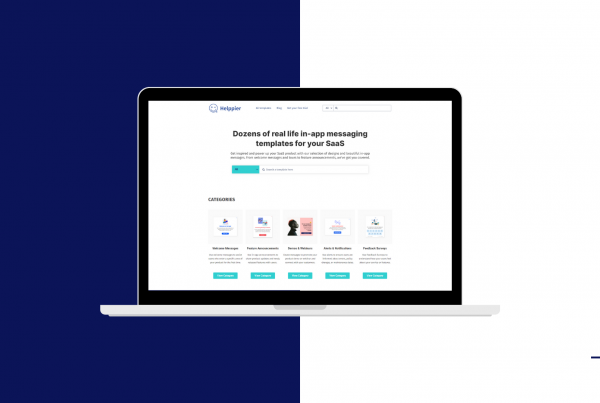Employee wellness and employee engagement are two primary factors that contribute to organizational success.
Employee engagement is the connection between an organization and its employees. Employees feel engaged when their workplace nurtures a culture of motivation, respect, and value, and therefore, they tend to perform higher. So, it’s no surprise that employee engagement relies heavily on employee wellness.

When employers invest in the well-being of their employees — be it physical, mental, social, or financial — they can drive employee engagement and productivity. Below we’ll share a few tips for organizations and employers to improve employee engagement through wellness.
Provide professional resources and support early on

An employee’s well-being is not limited to their physical health; It extends further and includes other details such as their professional welfare too. Given this, securing employee wellness should consist of optimizing employee onboarding and training. Not only can a standard onboarding process contribute to higher employee retention for organizations, but it can also reduce stress, improve job satisfaction, and increase productivity and engagement for employees.
Most organizations just offer a traditional training session, with long PowerPoint presentations and handbooks of information. These sessions end up being expensive and ineffective because employees forget most of the information once they leave.
To streamline employee onboarding and training, employers should take advantage of UX tools ordinarily used for customer or user onboarding. In the same way that these tools help create user guides for customers, they can also provide a more efficient training experience for new employees through microlearning features such as interactive tours or tutorial videos of internal platforms. Using these tools, for instance, new employees can learn how to use everyday platforms at their own pace, and be more productive right from the start.
Likewise, Knowledge Management platforms can encourage knowledge sharing between employees and enhance team management, allowing new employees to assimilate into their roles and company culture swiftly and with more confidence. These platforms centralize and organize important internal information for new hires, reducing the learning curve and time spent looking for documentation. Furthermore, employees can share feedback, report errors and leave messages to other team members.
Organizations that provide employees with the training, support, tools, and resources necessary to excel from day one will, in turn, help them develop a healthy mindset that contributes to productive workplace culture. In fact, according to Glassdoor, great employee onboarding can improve retention by 82%.
Offer wellness programs that encourage socialization

Implementing an effective onboarding process isn’t the only path to achieving greater employee wellness and engagement. Research findings suggest that employee access to health and wellness programs can affect employee loyalty, work relationships, and job satisfaction, amongst other factors. And although employee engagement is not the same as employee satisfaction or happiness, there is a strong correlation.
Employee engagement refers to the relationship and commitment between employees and their organization, which ultimately drives employee performance. So, it’s hardly surprising that when employers implement wellness programs dedicated toward improving employee health, employees feel valued and supported, and are therefore much more likely to be engaged. Not to mention, health and wellness components such as sleep, diet, and exercise can also have a direct impact on employees’ performance and productivity.
To encourage healthy habits and boost engagement within the workplace, employers should consider offering wellness solutions like personalized weight-loss programs for their employees. Organizations can incorporate these types of offerings into their workplace wellness strategy by setting up group activities such as a company-wide weight-loss challenge. Not only can friendly weight-loss challenges promote healthy lifestyle habits, but they can also foster camaraderie amongst colleagues.
In Japan, for example, it’s common for employees to perform a morning workout routine named Rajio Taiso. It is basically a radio program broadcasting a set of warm-up exercise guidelines along with music. This practice has been around since 1928 and around 27 million people practice it at least twice a week.
“Healthy employees brings a lot of merit to our business because not only it increases productivity, we can keep employees to work our company for a longer time. Also, being healthy leads to better service to our customers.” — Yoshihiro Yamaoka, Japan Airline
Design a Healthy Workplace Atmosphere

All the cognitive tools and health resources in the world won’t matter if an organization’s work environment doesn’t encourage employee wellness. Fostering a positive workplace that nurtures wellness often requires changes to both the organization’s physical and social environment.
Employers should take the time to examine their office layout. Are employees confined to desks that limit physical activity or hidden behind cubicles that limit social interaction? Or, conversely, does an open office design create too much noise and distraction? Neither concept is right nor wrong. As a matter of fact, a flexible workspace conducive to both environments is an ideal option. It’s equally as important to have shared spaces for socializing or recharging as it is to have private spaces to concentrate.
Organizations may also implement other forms of flexible work arrangements, like the opportunity for employees to work remotely or from home, or create a flexible work schedule. By doing so, employees can maintain a better work-life balance, and in turn, reduce burnout and stress that lower productivity levels.
Set your employees up for success by giving them the tools they need to feel healthy, confident and engaged in the workplace. You may just find that employee satisfaction is the catalyst you need to experience overall growth for your company.
Thank you so much for reading, hope you enjoyed this article. If you like reading about Employee Training and User Onboarding make sure to follow Helppier on Facebook & Twitter to get updated on our latest news. 📣
In case you’re looking for a tool to create user guides for employee training go ahead and check our website. 😉



